
As crazy as I am about the idea of plastic-free alternatives, and I do also try to follow this a lot of the way, I still find it damn hard sometimes. In general, I think that the focus from the zero-waste movement on going plastic-free can sometimes steal the focus from other important factors, when speaking all things sustainability. This post is in no way meant as harsh criticism against the zero-waste movement, because I have learnt a lot from it; and I believe that the – for many people – “extreme” thoughts behind the movement is very much needed in order to really push our society to change. Exaggeration promotes understanding like that, and I really think this whole movement is part of the reason why so many brands, shops and concepts are trying to avoid plastic these days. More and more brands are trying to remove single-use plastics completely which is just amazing to see. Besides, another focus for the ZW movement is, that we should all be better at bringing our own reusable tools with us when we leave the house, like reusable water bottles, cutlery etc. (you can have a look at my own less-waste-on-the-go-kit right here). But according to the extremes of the ZW movement, there are almost no boundaries to avoiding plastic waste as single individuals and consumers. But is that the truth? Can we really avoid plastic at any cost at this point?
…
Tosset som jeg er med idéen om plastik-fri alternativer, og også selv forsøger at forfølge dette i et ok stort omfang, så synes jeg sgu det er lidt svært somme tider. Generelt synes jeg, at zero-waste bevægelsens fokus på at gå plastik-fri somme tider tager opmærksomheden fra andre dele af bæredygtigheds aspektet, som kan være ligeså vigtige. Indlægget her er ikke ment som en løftet pegefinger mod ZW bevægelsen, for igen så har jeg lært sygt meget af den; og jeg tror på mange måder, at dét at denne bevægelse netop er lidt “ekstrem” i nogle folks øjne er godt. Overdrivelse fremmer som bekendt forståelsen, og jeg tror helt sikkert at denne bevægelse har været med til at gøre, at flere og flere brands, butikker og koncepter begynder at overveje deres valg af materialer når det kommer til bl.a. indpakning og emballage. Flere og flere lader til at droppe engangsplast og det er jo så skønt at se. Desuden er et andet stort fokus denne bevægelse har jo også, at man skal blive bedre til, at bruge genanvendelige produkter som drikkedunke, madkasser, osv. (find mit less-waste-på-farten-kit lige HER). Men ifølge ekstremerne af ZW bevægelsen er der næsten ikke dét, vi som forbrugere ikke selv kan gøre, når det kommer til at undgå unødig plastemballage. Men er det nu også helt sandt? Skal vi virkelig undgå plastik for enhver pris som tingene ser ud lige nu?

bomber – 2ndhand / jumper (AD/gift) – Navygrey / jeans – old Dr Denim / boots – 2ndhand Acne / bag – vintage Chanel / jewelry – my own brand HERE
Let me give you guys an example. I’m in Føtex – my favorite grocery store because it’s a 5 minute walk away from my home right now and I know they usually have everything I need there. That way I don’t have to take my car, I get a little fresh air and exercise and I can do my shopping pretty quickly. Win in so many ways. On my list I’ve written “cucumbers”. Alright then. I approach the veggie department of the store, and here I have to make an important choice. There’s the conventional, not-organic cucumber imported to Denmark from for example Spain (or other European countries that import cucumbers to Denmark). It has no plastic wrap, but at the same time it’s also not organic which is an important factor for me, when I shop for groceries. Then there’s the Danish, organic cucumber. “Yes!” I think to myself, but this excitement soon disappears because I realize that this cucumber is wrapped in plastic. Packaging that is “sadly” often necessary when speaking organic vegetables, because these will go bad a lot quicker than the conventionally grown ones. So what is the right choice here? The local and organic grown cucumber wrapped in plastic? Or the naked cucumber which is not organic and is also imported from another country? In reality we all know the perfect answer would be “grow it yourself”, but you know…
We are subscribed to a food delivery box called Aarstiderne, and they describe the problem like this: “packaging and food waste are to terms, that are often connected. Because without packaging the food waste would be much larger than it already is. (…) The groceries in our boxes are carefully adapted so you only get the amount you need, whether you’re cooking for 2 or 5 people. As a whole, this will help reduce food waste. Then we’re left with the packaging – because we need to lower this to a minimum too. It’s an art of limitation, because if we reduce it too much, we’re left with groceries that go straight to the bin or compost.”
…
Lad mig give jer et eksempel. Jeg står i Føtex – mit foretrukne indkøbssted, fordi jeg p.t. kan gå derned på under 5 minutter og jeg véd at de stort set altid har alt dét, som jeg er på udkig efter dernede. Jeg slipper for at skulle tage bilen, kan få lidt motion og jeg kan handle ind relativt hurtigt. Win på alle måder. På min indkøbsliste har jeg skrevet “agurker”. Godt så. Jeg går hen til frugt og grønt afdelingen og her bliver jeg stillet 2 valg. Der er den konventionelle, ikke-økologiske agurk, som er importeret til Danmark fra fx Spanien (eller andre europæiske lande, der importerer agurker til Danmark). Den har ingen plastik omkring sig, men den er til gengæld behandlet med sprøjte-gift og er derfor ikke økologisk, som ellers er en anden væsentlig faktor som spiller ind, når jeg vælger madvarer. Så er der den danske, økologiske agurk. “Yes!” når jeg at tænke, men denne begejstring bliver straks slukket af dårlig samvittighed, fordi denne agurk altså er pakket ind i plastik. Emballage som “desværre” ofte er nødvendig, når vi snakker økologiske grøntssager, der som bekendt jo bliver hurtigere rådne. Så hvad er det rigtige valg her? Den lokale, økologiske agurk der er pakket ind i plastik? Eller den “nøgne” agurk der ikke er økologisk og samtidig også er importeret fra udlandet? I virkeligheden er det perfekte svar jo nok “at gro den selv”, men altså….
Vi abonnerer på Årstidernes vegetar måltidskasse, og der beskriver de problemet således: “emballage og madspild er to begreber, der ofte kædes sammen. For uden emballage ville madspildet være endnu større, end det er i forvejen. (…) Råvarerne i vores måltidskasser er nøje tilpasset, så du kun får den mængde du skal bruge, hvad enten det er til 2 eller 5 personer. Det er som udgangspunkt med til, at reducere madspild. Så står vi tilbage med emballagen – for den skal også begrænses til et absolut minimum. Det er lidt en balancekunst, for reducerer vi den for meget, står vi tilbage med råvarer der blot ryger direkte på kompostbunken eller i skraldespanden.”

To me it’s been freeing to choose Aarstiderne (and no, this is not an AD for them), because I know how many well played out thoughts have gone into the development of their concept in general. That way I avoid that feeling of guilt to some extend when I’m out shopping for groceries. They cut away a lot of the plastic packaging for me (and a lot of the packaging left is either already recycled or recyclable), they use as many locally grown vegetables as possible, I get a curated set menu without meat – another sinner when speaking climate change – and everything is organic. Is the food box perfect when speaking waste? No, not at all. There are still some amounts of waste in there. But sustainability, food waste and a healthy diet is all something that can be a little tricky to balance. Something that can get the best of many people who are also trying to juggle a busy everyday life with fulltime jobs, family and hobbies. So yes, I do indeed sometimes choose convenience over zero-waste and it makes me feel guilty to some extend. But I do what I can with the life I live, starting point and knowledge I have – not to mention surplus, whether that being time, finances or mental surplus. Burnout and stress are two rather well-known terms these days, and even though I try not to let any of these get to me I must admit that the dream of living a perfect, sustainable life can sometimes spark the fire. Eco-anxiety is a thing, and not only when speaking anxiety of the side effects of climate change we’re facing, but also the anxiety of not doing well enough to try and stop it. That you’re not making the best possible choice every time.
Some things are easy for most of us to achieve: most of us can bring our own reusable shopping bag to the grocery store for example. Another mundane example is that a couple weeks back we really wanted takeaway a friday night. I was craving Chinese from our local Chinese spot, but because I know how much plastic wrap and packaging they use to pack up the food down there, I choose to go for a veggie pizza in a simple cardboard box instead, just in a quest to avoid some plastic waste. In my opinion the battle against plastic sadly just isn’t always that black/white.
When all this is said it’s all about balance and progress: because in this whole debate of being careful not to “become too fanatic” I think many of us could do with exactly that; to actually become a bit more fanatic. We all need to talk less and do more to try and change up our old convenience-driven ways. Because climate change is not about to wait for us to start acting. We need to be careful not to let the talk about sustainability take away focus from actually acting, if that makes sense. Still this whole dialogue and debate about the process it is to live a more sustainable life with less waste is super important, because it brings a feeling of community and understanding among us. At least that’s what I hope.
…
For mig har det været en befrielse at vælge Årstidernes aftenmåltidskasse (og nej, det her er altså ikke en betalt reklame for Årstiderne), fordi jeg véd hvor mange tanker der ligger bag netop deres kasser og koncept generelt. På den måde slipper jeg en del af tiden for, at skulle stå dernede i Føtex og få dårlig samvittighed, fordi jeg vælger den økologiske agurk med plastik om. De har skåret super meget af emballagen fra for mig (og meget af den der er tilbage er genanvendt eller kan genanvendes), de bruger så mange lokalt produceret råvarer som muligt, jeg får en skræddersyet kasse uden kød – der jo som bekendt også er en stor klimasynder – og alt er økologisk produceret. Er kassen perfekt når det kommer til spild af emballage? Absolut ikke. Der er stadig noget spild tilbage. Men bæredygtighed, madspild samt sund og varieret kost er altsammen noget der skal gå op i en højere enhed. Og det kan altså tage pusten fra de fleste mennesker, der har en travl hverdag med job, familie og fritidsinteresser der skal passes. Så jo, jeg vælger nogle gange convenience over zero-waste og det har jeg da på sin vis lidt dårlig samvittighed over. Men jeg gør hvad jeg kan med den hverdag, udgangspunkt, viden og ikke mindst overskud jeg har – både når vi snakker tid, økonomi og mentalt overskud. Udbrændthed og stress er to begreber der lever i bedste velgående, og selvom jeg gør hvad jeg kan for at undgå begge dele, så må jeg indrømme at drømmen om det perfekte, bæredygtige liv somme tider puster lidt til ilden. Eco-angst er blevet en ting, og vi snakker ikke kun i forhold til de forandringer vi ser i klimaet og de konsekvenser dette har (og får), men også en angst for, at man ikke gør det godt nok. At man ikke tager de bedste valg hver gang.
Nogle ting er nemme for os alle at efterkomme: at medbringe vores eget, genanvendelige indkøbs net fx. Et andet meget banalt eksempel er, at vi for nogle uger siden havde vildt meget lyst til takeaway en fredag aften. Egentlig havde jeg mest lyst til en box fra kina-grillen, men fordi jeg ved hvor heftigt meget plastik emballage der går til når vi ringer ned og bestiller lige netop dette, så valgte jeg at gå med en vegetar pizza i simpel pap-indpakning i stedet, bare for at minimere spildet af plastik emballage. I min optik er kampen mod plastikken bare ikke altid så sort/hvid, desværre.
Når alt dette er sagt, så handler det altsammen om balance og proces: for i hele den her debat om at “passe på man ikke bliver fanatisk eller hellig” så tror jeg, at vi alle sammen faktisk netop skal blive lidt mere fanatiske. Vi skal alle sammen udfordre vores gamle vaner, og bryde lidt mere med vores convenience-drevne tilstand. For klima-forandringerne har sgu ikke tænkt sig at vente på os. Vi skal passe på, at snakken om at man jo ikke kan gøre alting på én gang, ikke overskygger det egentlige fokus om rent faktisk at gøre noget, hvis det giver mening. Så jeg synes denne debat og dialog i hele processen er sygt vigtig, for det skaber bredere forståelse og ikke mindst en følelse af samhørighed og fællesskab. Håber jeg.

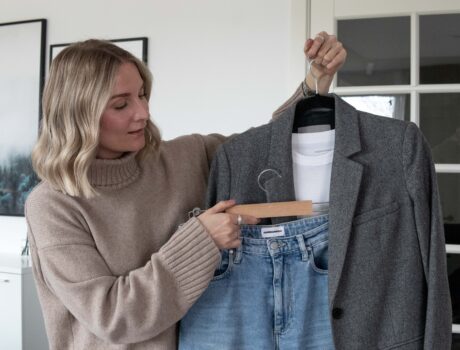
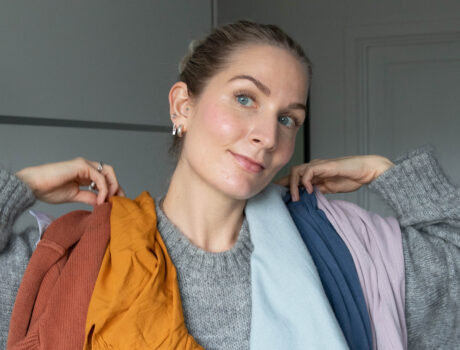
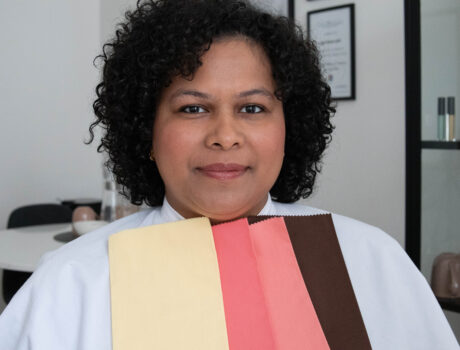
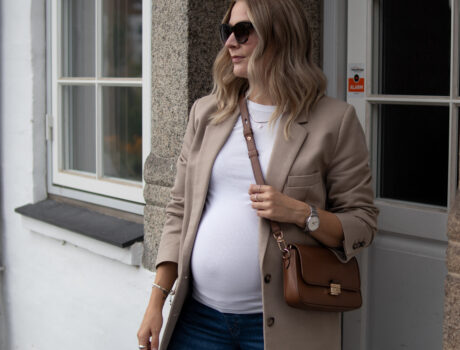
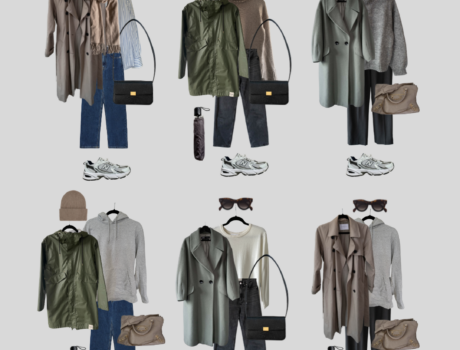
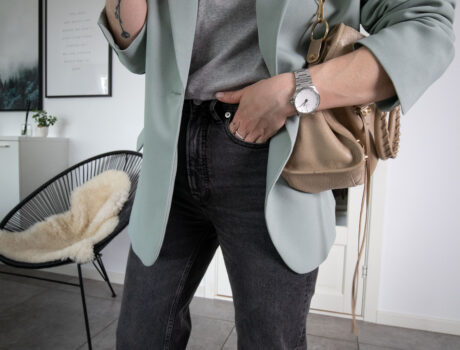
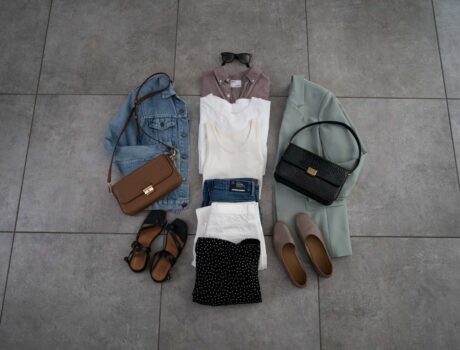
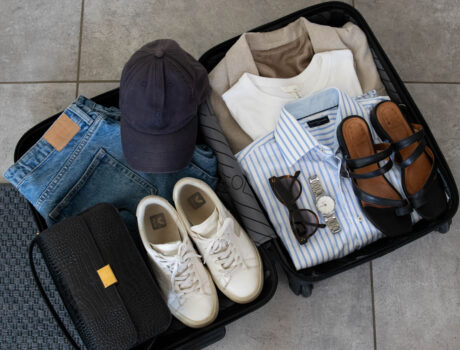
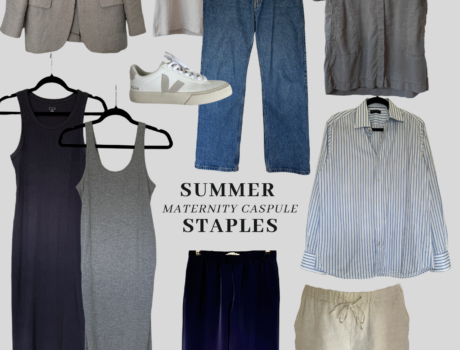
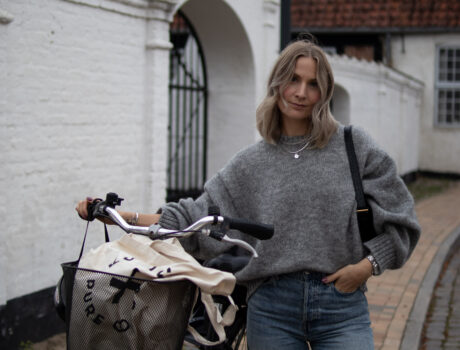
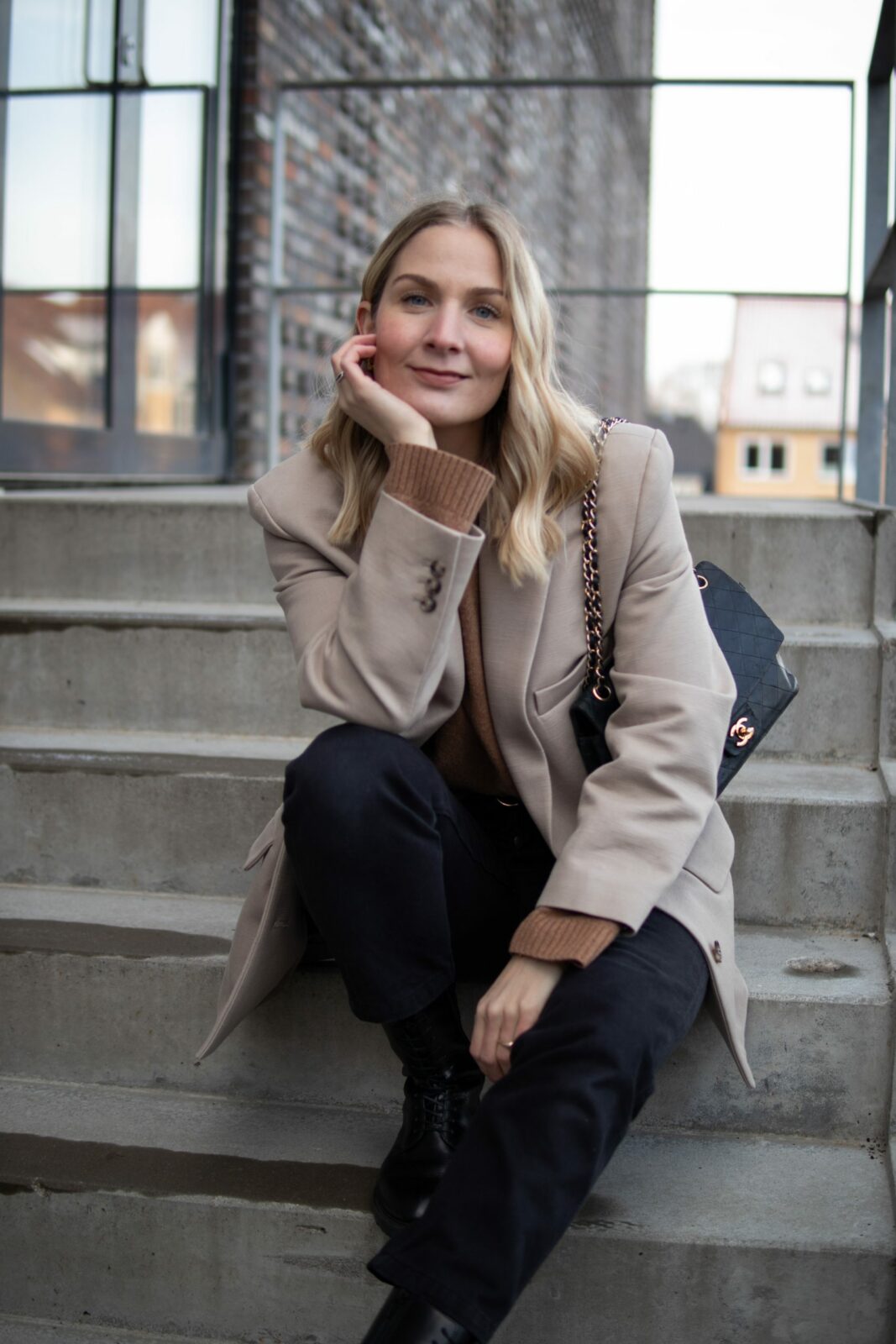
I can relate to the eco-anxiety! I think a good approach it’s like that quote you posted on your Instagram the other day: “Enough is not an amount, it’s a decision”. How much do you need to do for the environment to do enough? Well, maybe that is when it starts to impact your mental health (because of the stress it can mean to be an eco warrior!). Saying that, it’s a process and I think as we adapt we become capable of handling more and doing more without feeling the impact.
And haha, sorry for being maybe knowing your social media too well?! I just really enjoy your content, it’s super inspiring. Keep up the good work!
Thanks from a swede in England
Xx
This is such a difficult one! Apart from the resources used to transport the imported cucumber to Denmark, there may or may not be chemicals used in fertilisers, not to mention gases used to help preserve the cucumbers during their journey. Just think next year, you can be growing your own organic cucumbers, with no packaging!
It’s surprising how much packaging is used for organic veg in Denmark, it’s not always the case in other countries. The only reason I can see, is that it makes it obvious what is organic and what isn’t!
There is a similar moral problem with chicken. If we buy the chicken that has been produced with animal welfare in mind, it isn’t as sustainable as some of the less ethical forms of chicken production.
We have to make informed decisions, but it’s not always easy. I try to buy locally produced Danish food, as I think it’ll taste better when it doesn’t travel so far, I avoid unseasonable food (it tastes better when I don’t eat it all year), and I’m cutting down on meat. I’ll never be a voluntary vegetarian though!
Great post!
I am from Spain and I recently visited the Tropical Coast in the South, with a guided tour through one of its plantations and learnt that they do grow avocados, for instance, yet I have never found them in my local store. Instead, I found them from Peru. When asked about this, they told me that we sell all our avocados abroad…
My point is, we live in such a globalised world that our local produce gets more profits when exporting than when selling locally. I am very aware that our economy supports itself partially because, yes, we are selling much veggies to our European neighbours, but man, I would love to taste some Spanish avocados once in a while!